Enhanced Magnetic Properties of FeSiAl Soft Magnetic Composites Prepared by Utilizing PSA as Resin Insulating Layer
Abstract
1. Introduction
2. Materials and Experimental Method
3. Results
3.1. Analysis of the PSA
3.2. Magnetic Properties
4. Conclusions
Author Contributions
Funding
Institutional Review Board Statement
Informed Consent Statement
Data Availability Statement
Conflicts of Interest
References
- Sunday, K.J.; Taheri, M.L. Soft magnetic composites: Recent advancements in the technology. Met. Powder Rep. 2017, 72, 425–429. [Google Scholar] [CrossRef]
- Silveyra, J.M.; Ferrara, E.; Huber, D.L.; Monson, T.C. Soft magnetic materials for a sustainable and electrified world. Science 2018, 362, eaao0195. [Google Scholar] [CrossRef] [PubMed]
- Shokrollahi, H.; Janghorban, K. Soft magnetic composite materials (SMCs). J. Mater. Process. Technol. 2007, 189, 1–12. [Google Scholar] [CrossRef]
- Kollar, P.; Fuzer, J.; Bures, R.; Faberova, M. AC Magnetic Properties of Fe-Based Composite Materials. IEEE Trans. Magn. 2010, 46, 467–470. [Google Scholar] [CrossRef]
- Périgo, E.A.; Weidenfeller, B.; Kollár, P.; Füzer, J. Past, present, and future of soft magnetic composites. Appl. Phys. Rev. 2018, 5, 031301. [Google Scholar] [CrossRef]
- Liu, D.; Wu, C.; Yan, M.; Wang, J. Correlating the microstructure, growth mechanism and magnetic properties of FeSiAl soft magnetic composites fabricated via HNO3 oxidation. Acta Mater. 2018, 146, 294–303. [Google Scholar] [CrossRef]
- Li, W.; Cai, H.; Kang, Y.; Ying, Y.; Yu, J.; Zheng, J.; Qiao, L.; Jiang, Y.; Che, S. High permeability and low loss bioinspired soft magnetic composites with nacre-like structure for high frequency applications. Acta Mater. 2019, 167, 267–274. [Google Scholar] [CrossRef]
- Zhang, Y.; Dong, Y.; Zhou, B.; Chi, Q.; Chang, L.; Gong, M.; Huang, J.; Pan, Y.; He, A.; Li, J.; et al. Poly-para-xylylene enhanced Fe-based amorphous powder cores with improved soft magnetic properties via chemical vapor deposition. Mater. Des. 2020, 191, 108650. [Google Scholar] [CrossRef]
- Yuan, H.-J.; Lu, C.-X.; Zhang, S.-C.; Wu, G.-P. Preparation and characterization of a polyimide coating on the surface of carbon fibers. New Carbon Mater. 2015, 30, 115–121. [Google Scholar] [CrossRef]
- Xiao, L.; Sun, Y.; Ding, C.; Yang, L.; Yu, L. Annealing effects on magnetic properties and strength of organic-silicon epoxy resin-coated soft magnetic composites. Proc. Inst. Mech. Eng. Part C J. Mech. Eng. Sci. 2013, 228, 2049–2058. [Google Scholar] [CrossRef]
- Wu, S.; Sun, A.; Zhai, F.; Wang, J.; Zhang, Q.; Xu, W.; Logan, P.; Volinsky, A.A. Annealing effects on magnetic properties of silicone-coated iron-based soft magnetic composites. J. Magn. Magn. Mater. 2012, 324, 818–822. [Google Scholar] [CrossRef]
- Wu, S.; Sun, A.; Lu, Z.; Cheng, C. Fabrication and properties of iron-based soft magnetic composites coated with parylene via chemical vapor deposition polymerization. Mater. Chem. Phys. 2015, 153, 359–364. [Google Scholar] [CrossRef]
- Taghvaei, A.; Shokrollahi, H.; Ebrahimi, A.; Janghorban, K. Soft magnetic composites of iron-phenolic and the influence of silane coupling agent on the magnetic properties. Mater. Chem. Phys. 2009, 116, 247–253. [Google Scholar] [CrossRef]
- Sun, H.; Zhang, L.; Chen, Y.; Chen, F.; Qu, X.; Xie, C.; Zhang, L. Magnetic properties of iron-based soft magnetic composites prepared by utilizing polyimide insulating layer. J. Magn. Magn. Mater. 2019, 486, 165287. [Google Scholar] [CrossRef]
- Streckova, M.; Medvecky, L.; Füzer, J.; Kollár, P.; Bureš, R.; Faberova, M. Design of novel soft magnetic composites based on Fe/resin modified with silica. Mater. Lett. 2013, 101, 37–40. [Google Scholar] [CrossRef]
- Shokrollahi, H.; Janghorban, K.; Mazaleyrat, F.; Bue, M.L.; Ji, V.; Tcharkhtchi, A. Investigation of magnetic properties, residual stress and densification in compacted iron powder specimens coated with polyepoxy. Mater. Chem. Phys. 2009, 114, 588–594. [Google Scholar] [CrossRef]
- Lin, H.-W.; Tan, C.-S. Preparation of polyamic acid and polyimide nanoparticles by compressed fluid antisolvent and thermal imidization. J. Supercrit. Fluids 2015, 99, 103–111. [Google Scholar] [CrossRef]
- Moiseev, A.A.; Petrov, A.V.; Derevyanko, M.S.; Lukshina, V.A.; Potapov, A.P.; Bukreev, D.A.; Semirov, A.V.; Safronov, A.P.; Kurlyandskaya, G.V. Magnetoimpedance of Amorphous Ribbons with Polymer Covering. Solid State Phenom. 2014, 215, 325–330. [Google Scholar] [CrossRef]
- Skulkina, N.A.; Mazeeva, A.K.; Kuznetsov, P.A.; Chekis, V.I.; Denisov, N.D.; Nekrasov, E.S. Influence of Polymer Coating on the Magnetic Characteristics of Ribbon of an Amorphous Cobalt-Based Alloy in the As-Quenched State. Phys. Met. Met. 2020, 121, 128–134. [Google Scholar] [CrossRef]
- Zhou, B.; Dong, Y.; Liu, L.; Chi, Q.; Zhang, Y.; Chang, L.; Bi, F.; Wang, X. The core-shell structured Fe-based amorphous magnetic powder cores with excellent magnetic properties. Adv. Powder Technol. 2019, 30, 1504–1512. [Google Scholar] [CrossRef]
- Zheng, J.; Zheng, H.; Lei, J.; Qiao, L.; Ying, Y.; Cai, W.; Li, W.; Yu, J.; Liu, Y.; Huang, X.; et al. Structure and magnetic properties of Fe-based soft magnetic composites with an Li–Al–O insulation layer obtained by hydrothermal synthesis. J. Alloys Compd. 2020, 816, 152617. [Google Scholar] [CrossRef]
- Zhang, Y.; Zhou, T.-D. Structure and electromagnetic properties of FeSiAl particles coated by MgO. J. Magn. Magn. Mater. 2017, 426, 680–684. [Google Scholar] [CrossRef]
- Xie, X.; Chen, C.; Ma, Y.; Xie, Y.; Wu, H.; Ji, G.; Aubry, E.; Ren, Z.; Liao, H. Influence of annealing treatment on microstructure and magnetic properties of cold sprayed Ni-coated FeSiAl soft magnetic composite coating. Surf. Coat. Technol. 2019, 374, 476–484. [Google Scholar] [CrossRef]
- Tontini, G.; Evangelista, L.; Filho, A.R.; Elias, R.; Hammes, G.; Batistela, N.; Binder, C.; Klein, A.; Drago, V. Study of soft magnetic composites of iron coated with nanoparticles dispersion in liquid glass. J. Magn. Magn. Mater. 2019, 487. [Google Scholar] [CrossRef]
- Taghvaei, A.; Shokrollahi, H.; Janghorban, K.; Abiri, H. Eddy current and total power loss separation in the iron–phosphate–polyepoxy soft magnetic composites. Mater. Des. 2009, 30, 3989–3995. [Google Scholar] [CrossRef]
- Peng, Y.; Nie, J.; Zhang, W.; Ma, J.; Bao, C.; Cao, Y. Effect of the addition of Al2O3 nanoparticles on the magnetic properties of Fe soft magnetic composites. J. Magn. Magn. Mater. 2016, 399, 88–93. [Google Scholar] [CrossRef]
- Luo, Z.; Fan, X.; Hu, W.; Luo, F.; Wang, J.; Wu, Z.; Liu, X.; Li, G.; Li, Y. Formation mechanism and enhanced magnetic properties of Fe–Si/Fe2SiO4 soft magnetic composites transformed from Fe-6.5 wt%Si/α-Fe2O3 core-shell composites. J. Alloys Compd. 2020, 817, 152803. [Google Scholar] [CrossRef]
- Luoac, F.; Xi’Anfanabc, X.; Luoac, Z.; Huac, W.; Wangde, J.; Wuf, Z.; Liac, G.; Li, Y.; Liude, X. Preparation and magnetic properties of FeSiAl-based soft magnetic composites with MnO/Al2O3 insulation layer. J. Magn. Magn. Mater. 2020, 498, 166084. [Google Scholar] [CrossRef]
- Chen, Y.; Zhang, L.; Sun, H.; Chen, F.; Zhang, P.; Qu, X.; Fan, E. Enhanced magnetic properties of iron-based soft magnetic composites with phosphate-polyimide insulating layer. J. Alloys Compd. 2020, 813, 152205. [Google Scholar] [CrossRef]
- Zhang, J. Fiber reinforced silicon-containing arylacetylene resin composites. Express Polym. Lett. 2007, 1, 831–836. [Google Scholar] [CrossRef]
- Lu, L.; Guo, K.; Zhu, J.; Wang, F.; Zhu, Y.; Qi, H. Silicon-containing fluorenylacetylene resins with low curing temperature and high thermal stability. J. Appl. Polym. Sci. 2019, 136. [Google Scholar] [CrossRef]
- Fan, X.; Wu, Z.; Li, G.; Wang, J.; Xiang, Z.; Gan, Z. High resistivity and low core loss of intergranular insulated Fe–6.5 wt.%Si/SiO2 composite compacts. Mater. Des. 2016, 89, 1251–1258. [Google Scholar] [CrossRef]
- Fan, X.; Wang, J.; Wu, Z.; Li, G. Core–shell structured FeSiAl/SiO2 particles and Fe3Si/Al2O3 soft magnetic composite cores with tunable insulating layer thicknesses. Mater. Sci. Eng. B 2015, 201, 79–86. [Google Scholar] [CrossRef]
- Zhang, L.; Tang, X.; Lu, Z.; Wang, Z.; Li, L.; Xiao, Y. Facile synthesis and photocatalytic activity of hierarchical WO3 core–shell microspheres. Appl. Surf. Sci. 2011, 258, 1719–1724. [Google Scholar] [CrossRef]
- Yang, B.; Li, X.; Guo, R.; Yu, R. Oxidation fabrication and enhanced soft magnetic properties for core-shell FeCo/CoFe2O4 micron-nano composites. Mater. Des. 2017, 121, 272–279. [Google Scholar] [CrossRef]
- Yaghtin, M.; Taghvaei, A.H.; Hashemi, B.; Janghorban, K. Effect of heat treatment on magnetic properties of iron-based soft magnetic composites with Al2O3 insulation coating produced by sol–gel method. J. Alloys Compd. 2013, 581, 293–297. [Google Scholar] [CrossRef]
- Guo, Z.; Wang, J.; Chen, W.; Chen, D.; Sun, H.; Xue, Z.; Wang, C. Crystal-like microstructural Finemet/FeSi compound powder core with excellent soft magnetic properties and its loss separation analysis. Mater. Des. 2020, 192, 108769. [Google Scholar] [CrossRef]
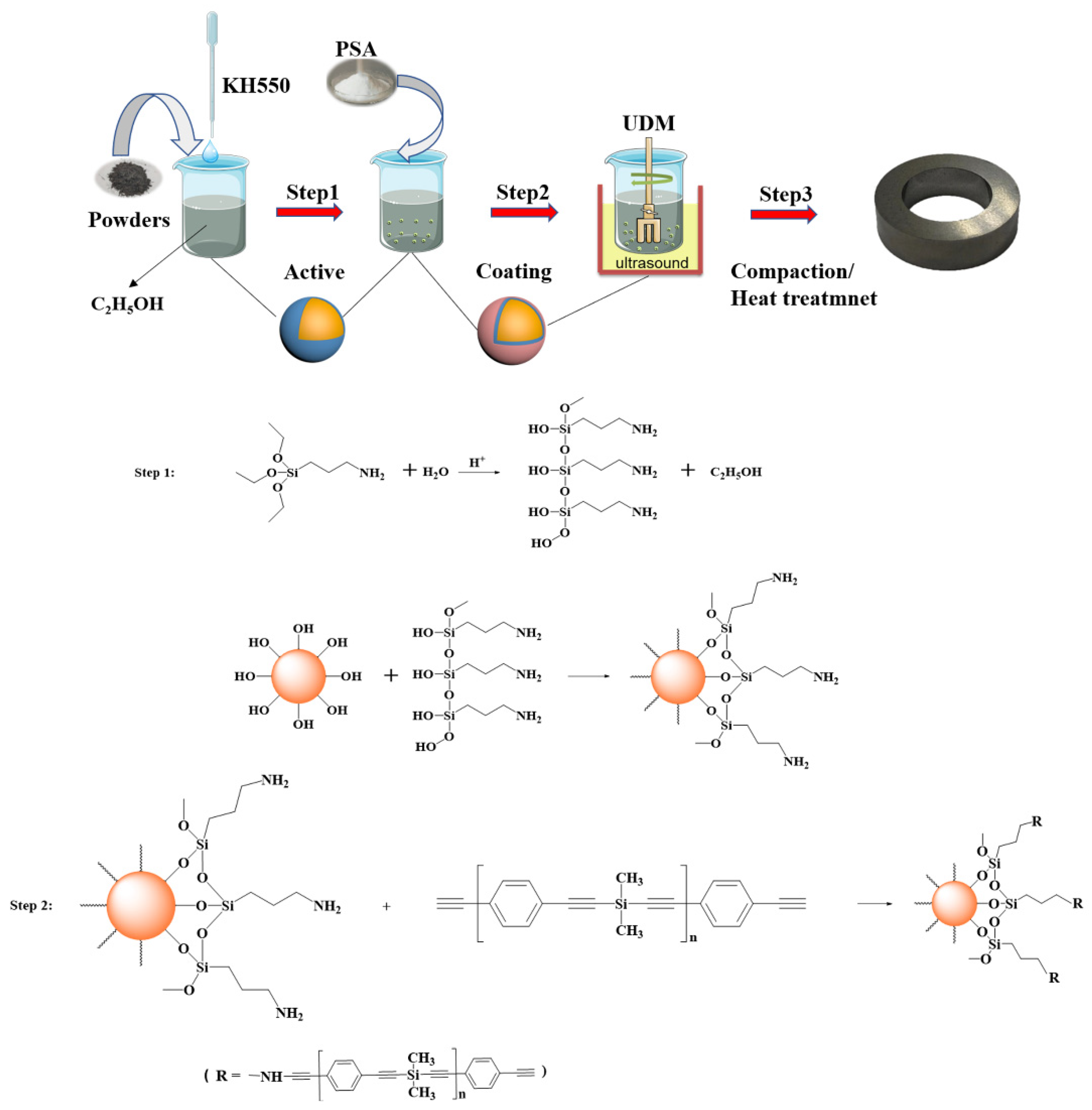
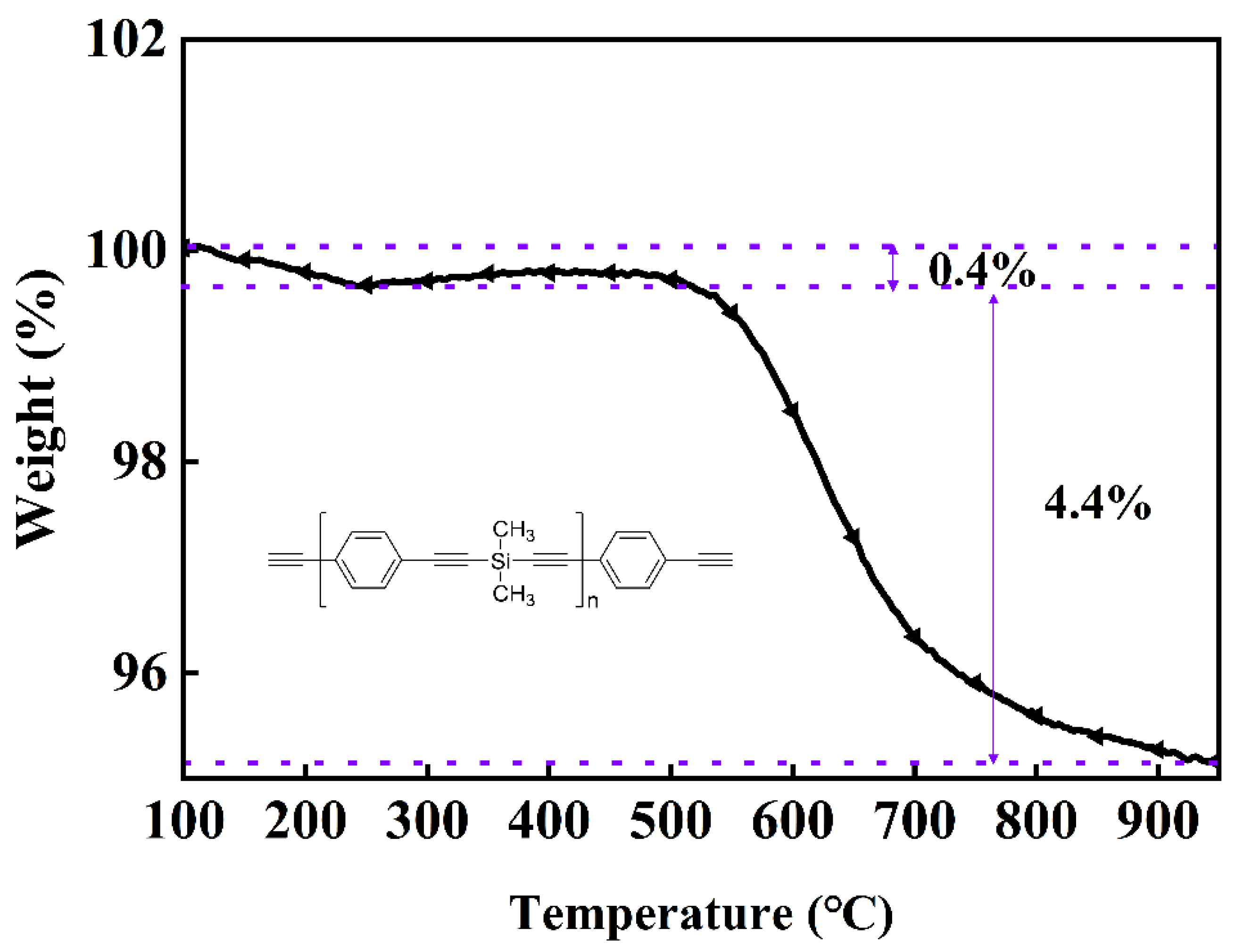
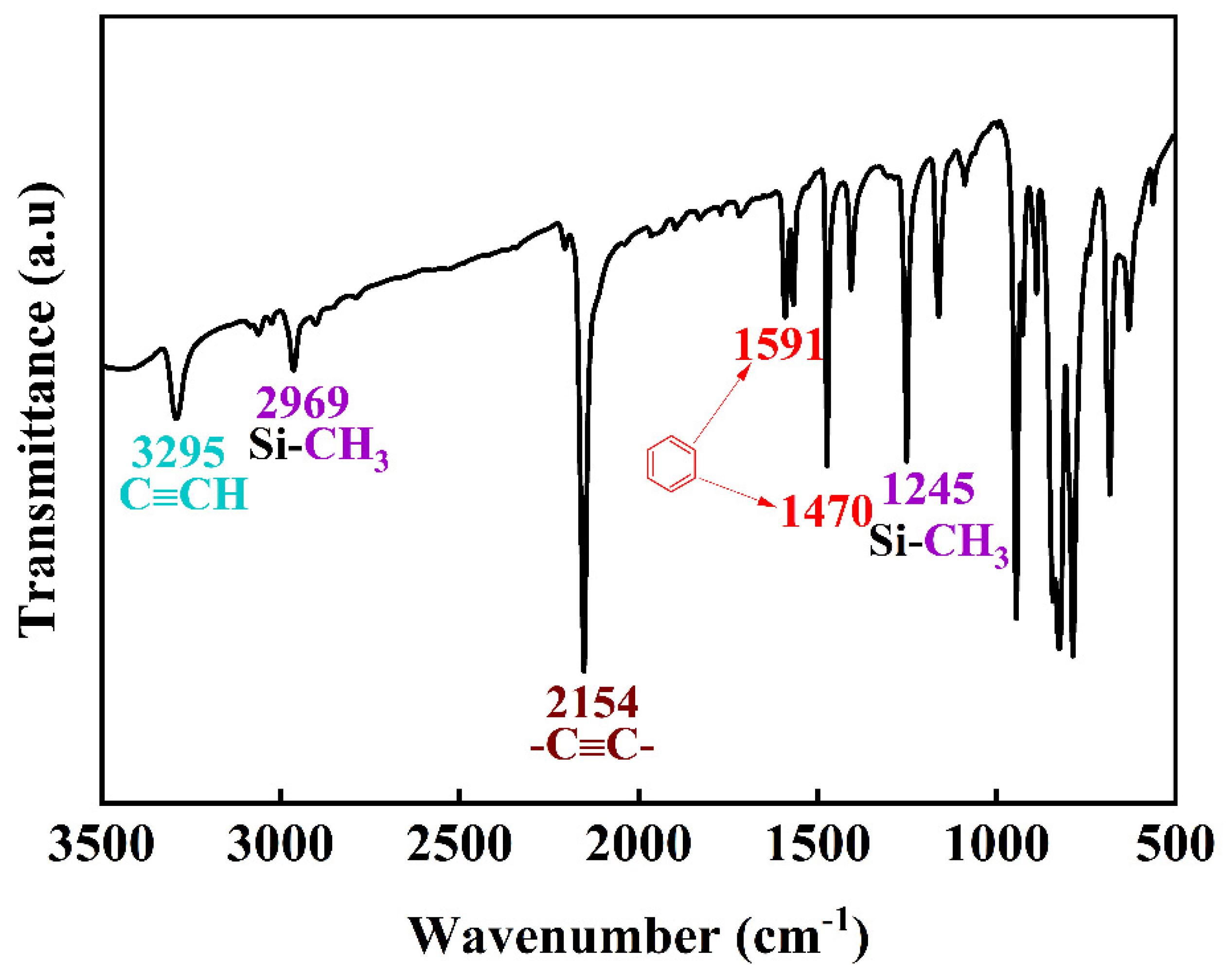


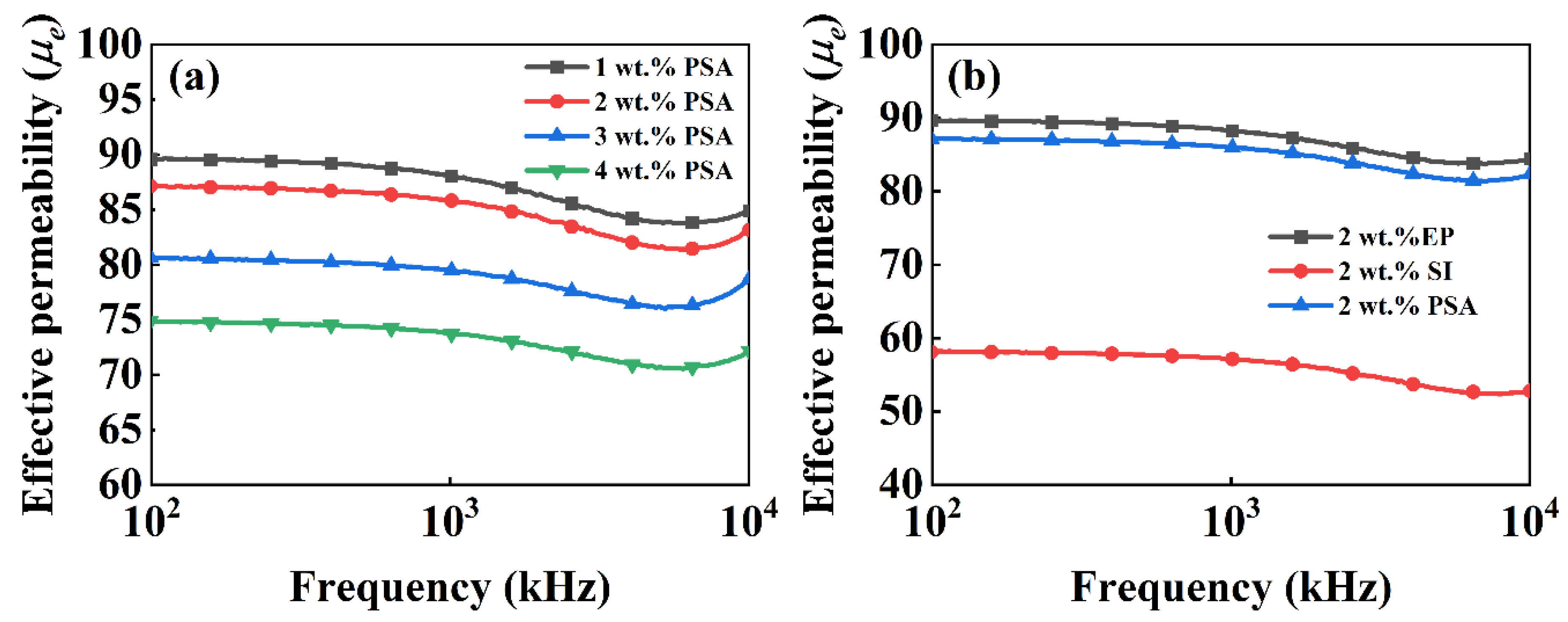

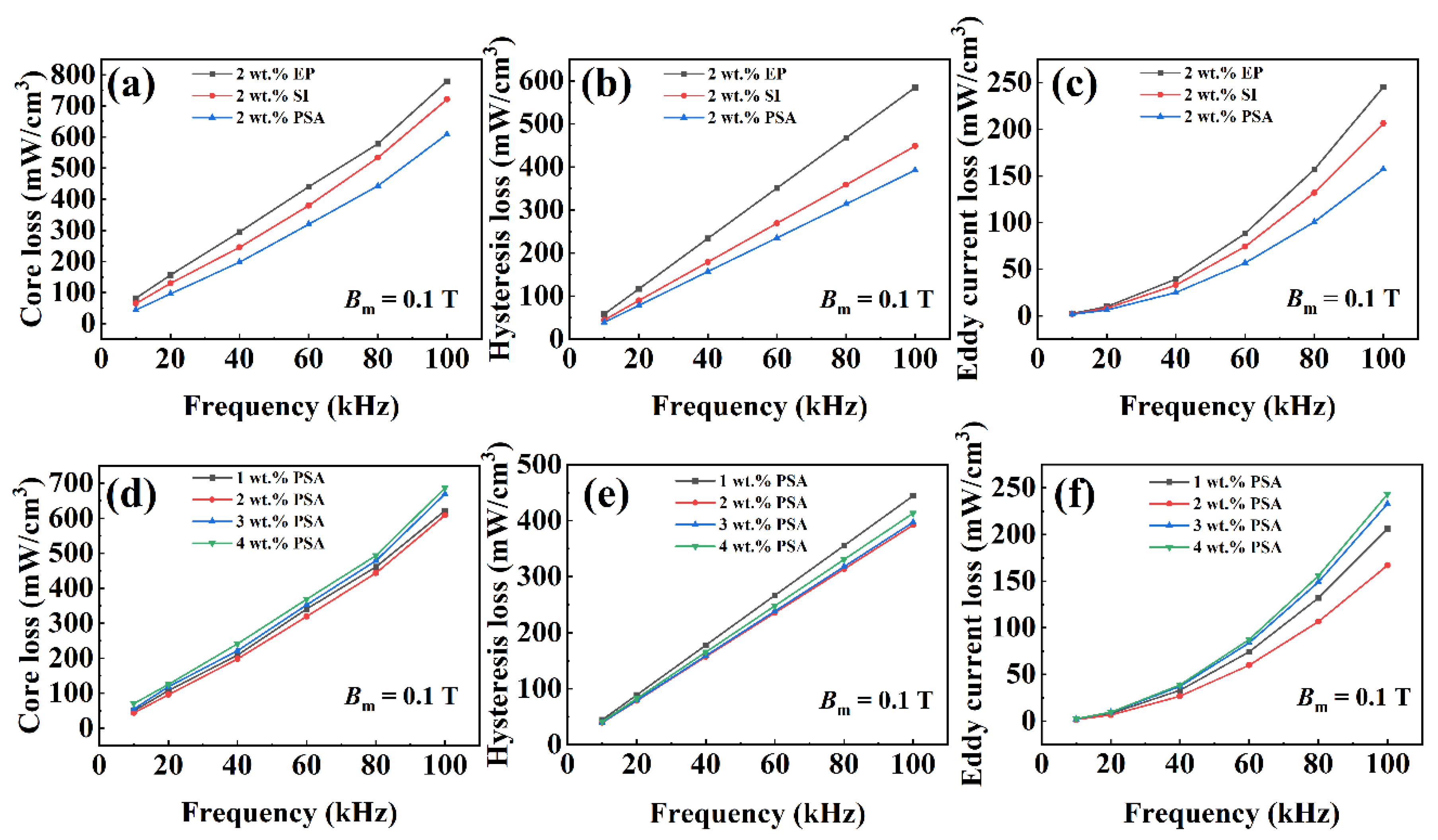

Publisher’s Note: MDPI stays neutral with regard to jurisdictional claims in published maps and institutional affiliations. |
© 2021 by the authors. Licensee MDPI, Basel, Switzerland. This article is an open access article distributed under the terms and conditions of the Creative Commons Attribution (CC BY) license (https://creativecommons.org/licenses/by/4.0/).
Share and Cite
Lu, H.; Dong, Y.; Liu, X.; Liu, Z.; Wu, Y.; Zhang, H.; He, A.; Li, J.; Wang, X. Enhanced Magnetic Properties of FeSiAl Soft Magnetic Composites Prepared by Utilizing PSA as Resin Insulating Layer. Polymers 2021, 13, 1350. https://doi.org/10.3390/polym13091350
Lu H, Dong Y, Liu X, Liu Z, Wu Y, Zhang H, He A, Li J, Wang X. Enhanced Magnetic Properties of FeSiAl Soft Magnetic Composites Prepared by Utilizing PSA as Resin Insulating Layer. Polymers. 2021; 13(9):1350. https://doi.org/10.3390/polym13091350
Chicago/Turabian StyleLu, Hao, Yaqiang Dong, Xincai Liu, Zhonghao Liu, Yue Wu, Haijie Zhang, Aina He, Jiawei Li, and Xinmin Wang. 2021. "Enhanced Magnetic Properties of FeSiAl Soft Magnetic Composites Prepared by Utilizing PSA as Resin Insulating Layer" Polymers 13, no. 9: 1350. https://doi.org/10.3390/polym13091350
APA StyleLu, H., Dong, Y., Liu, X., Liu, Z., Wu, Y., Zhang, H., He, A., Li, J., & Wang, X. (2021). Enhanced Magnetic Properties of FeSiAl Soft Magnetic Composites Prepared by Utilizing PSA as Resin Insulating Layer. Polymers, 13(9), 1350. https://doi.org/10.3390/polym13091350





